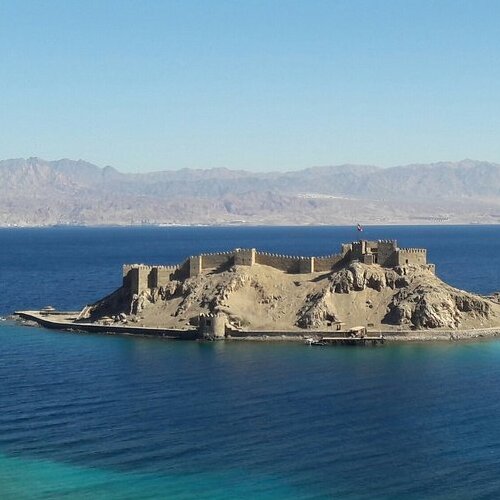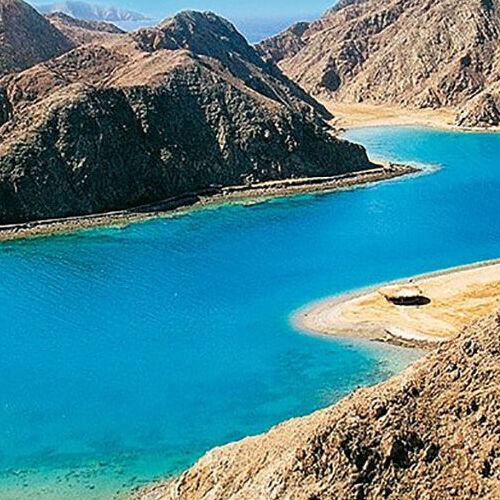No other nation in the world says ‘Welcome’ as often as the Egyptians, and every time, they mean it. While the ancient civilization of Egypt continues to amaze, contemporary Egyptians are equally remarkable.
Taba Travel Guide
Taba Travel Guide
A Crossroads of History and Geopolitical Significance
Taba, nestled at the tip of the Gulf of Aqaba, has long been a strategic and historical fulcrum, shaping and being shaped by the tides of trade, empire, and modern geopolitics.
Ancient Trading Hub
- Caravan Crossroads: In antiquity, Taba was a bustling nexus where Arabian Peninsula caravans converged with Egyptian traders, exchanging goods and cultures.
Ottoman Rule and Geopolitical Maneuvering
- Khedive Succession: In 1892, upon the death of Khedive Tawfiq, the Ottoman Empire, which then controlled Egypt, installed his son, Khedive Abbas Helmi II, as ruler. This period marked significant Ottoman influence over Egypt.
- Strategic Decree by Abdul Hamid II: The Ottoman Sultan, aiming to curtail British influence in the region, decreed the closure of Egyptian access to the Gulf of Aqaba, sparking intense debate and resistance from Egypt.
- Defining Borders: The resultant negotiations firmly established Egypt’s eastern borders, stretching from east of El Arish in the north to present-day Taba at the southern tip of the Gulf of Aqaba.
Twentieth Century and British Influence
- Ottoman Attempt to Seize Taba: In 1906, the Ottomans sought to reclaim Taba, deploying soldiers and artillery to Ras Taba. This move was soon reversed, with British intervention establishing internationally recognized borders that included Taba within Egypt.
- International Recognition: Post-World War I, with Britain’s recognition of Egypt’s independence, Taba’s status as part of Egypt gained global acknowledgment.
Era of Conflict and Resolution
- Tripartite Aggression and Aftermath: Following the Tripartite Aggression in 1956 and the nationalization of the Suez Canal by President Gamal Abdel Nasser, peace treaties eventually affirmed Taba’s position north of the agreed armistice line with Israel.
- Israeli Occupation and Liberation: The 1967 War saw Israeli forces occupy Sinai, including Taba, until Egypt’s victorious October 1973 War led to a gradual regaining of sovereignty, culminating in the Camp David Accords under President Anwar El Sadat.
Final Resolution and Development
- International Arbitration and Egyptian Sovereignty: Prolonged negotiations and international arbitration under President Hosni Mubarak resulted in Egypt regaining full control over Taba on March 19, 1989.
- Taba’s Transformation: Since then, Egypt has invested significantly in Taba’s infrastructure, turning it into a prominent tourist destination. The establishment of nearby Nabq International Airport has further enhanced Taba’s appeal, with over ten hotels and various resorts catering to a diverse array of tourists and visitors.
From ancient trading crossroads to modern tourist haven, Taba’s story is interwoven with the broader narrative of Egypt’s geopolitical history, reflecting the enduring legacy of this unique corner of the world.
Created On March 18, 2020
Updated On Aug , 2024



